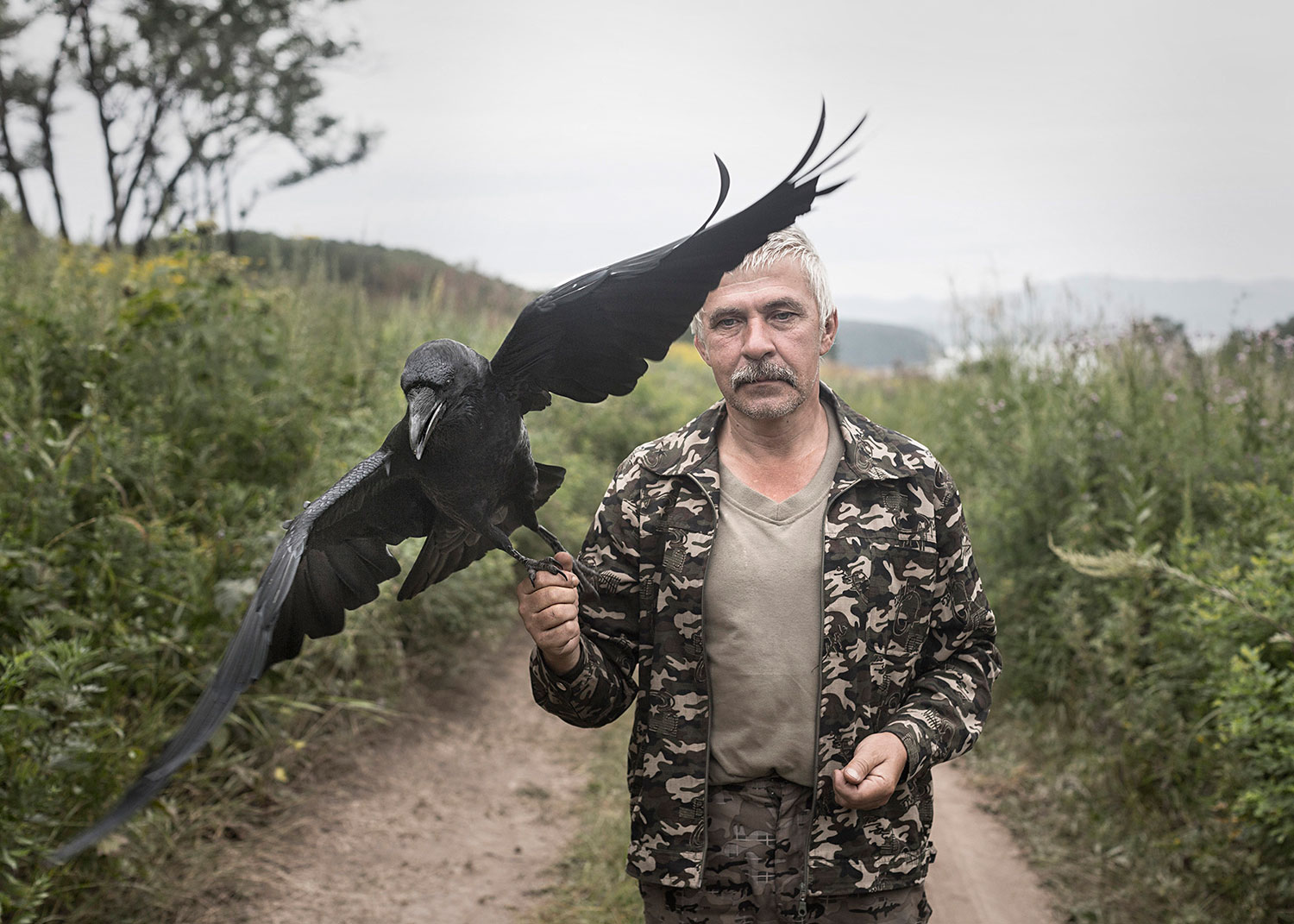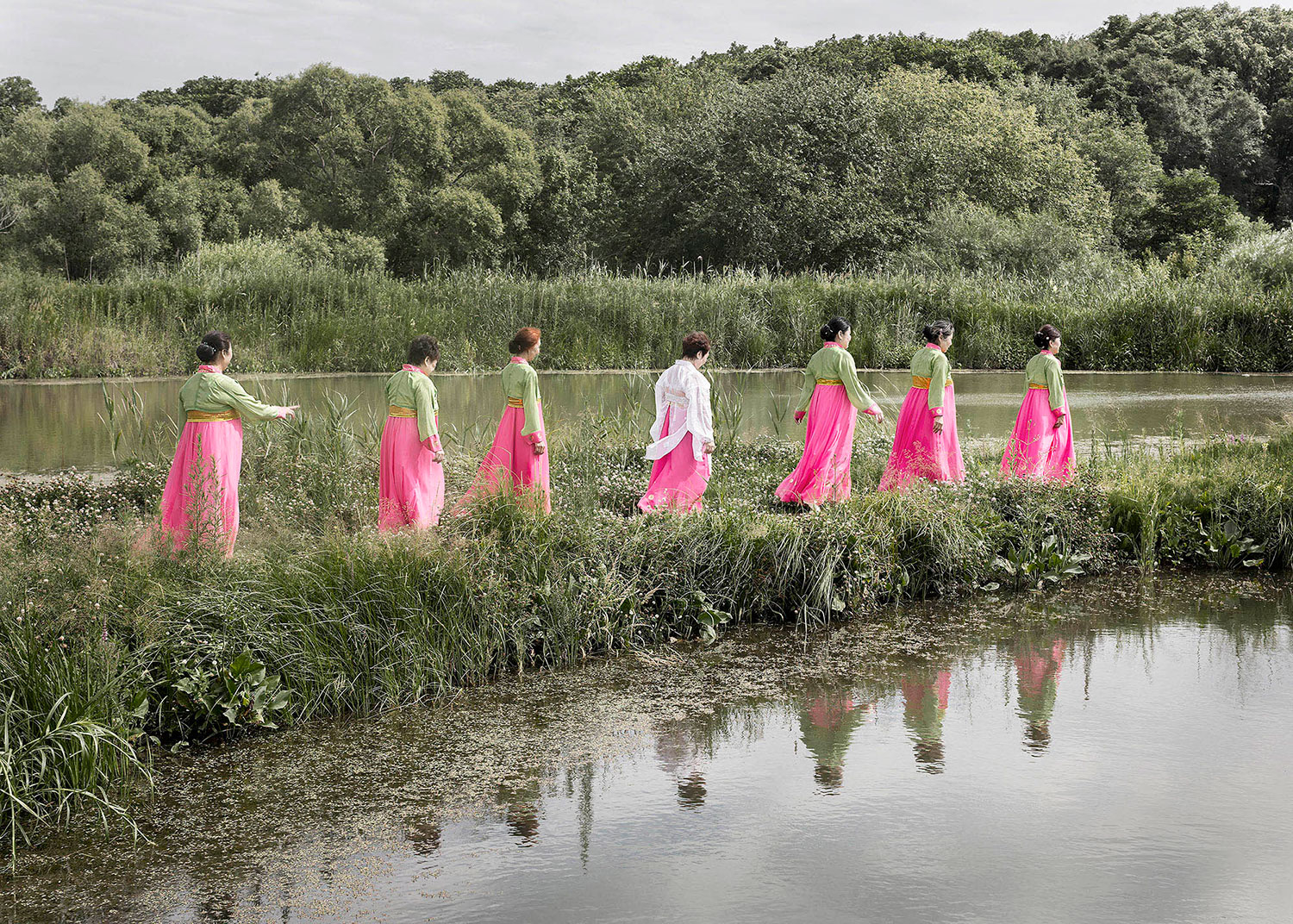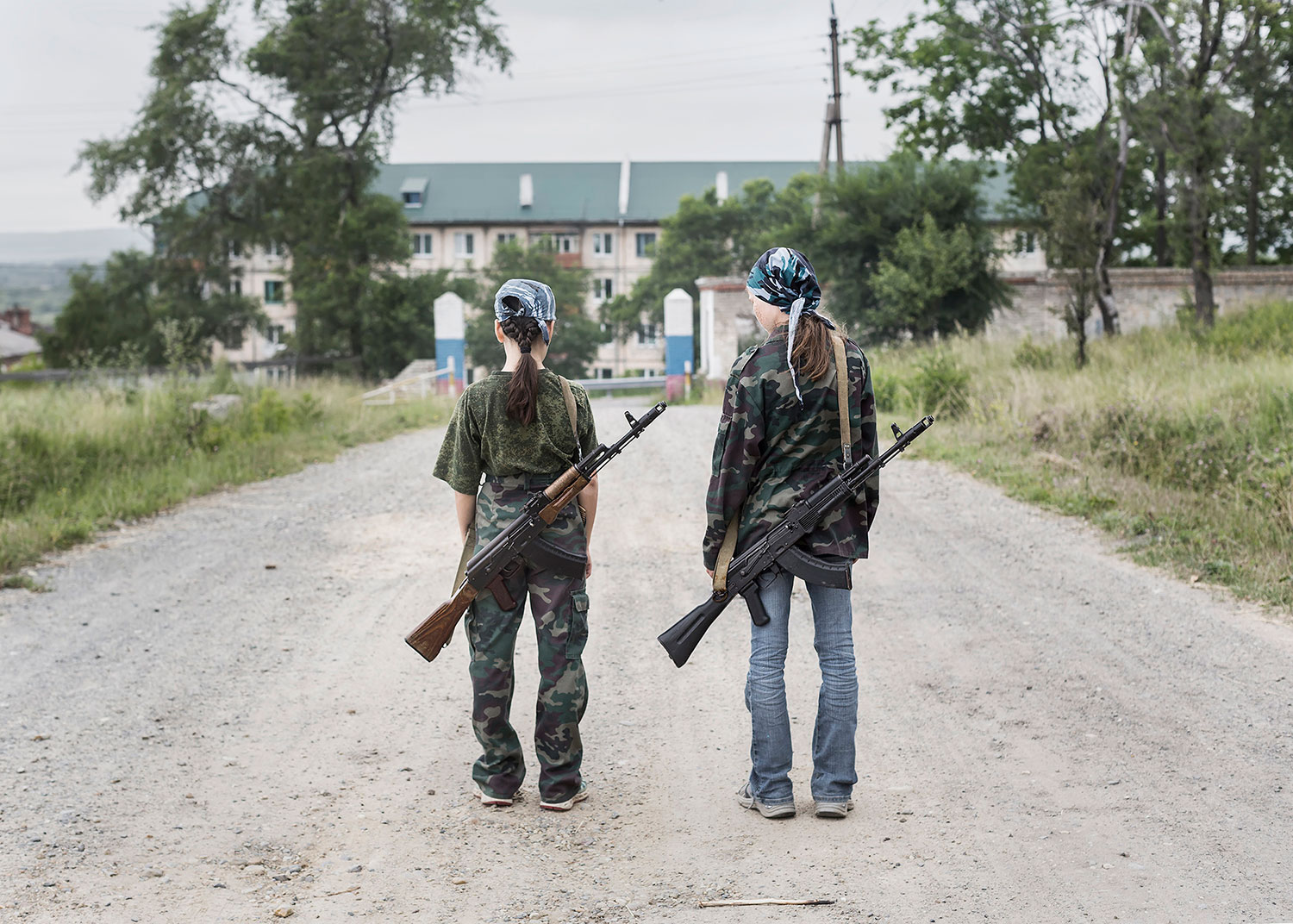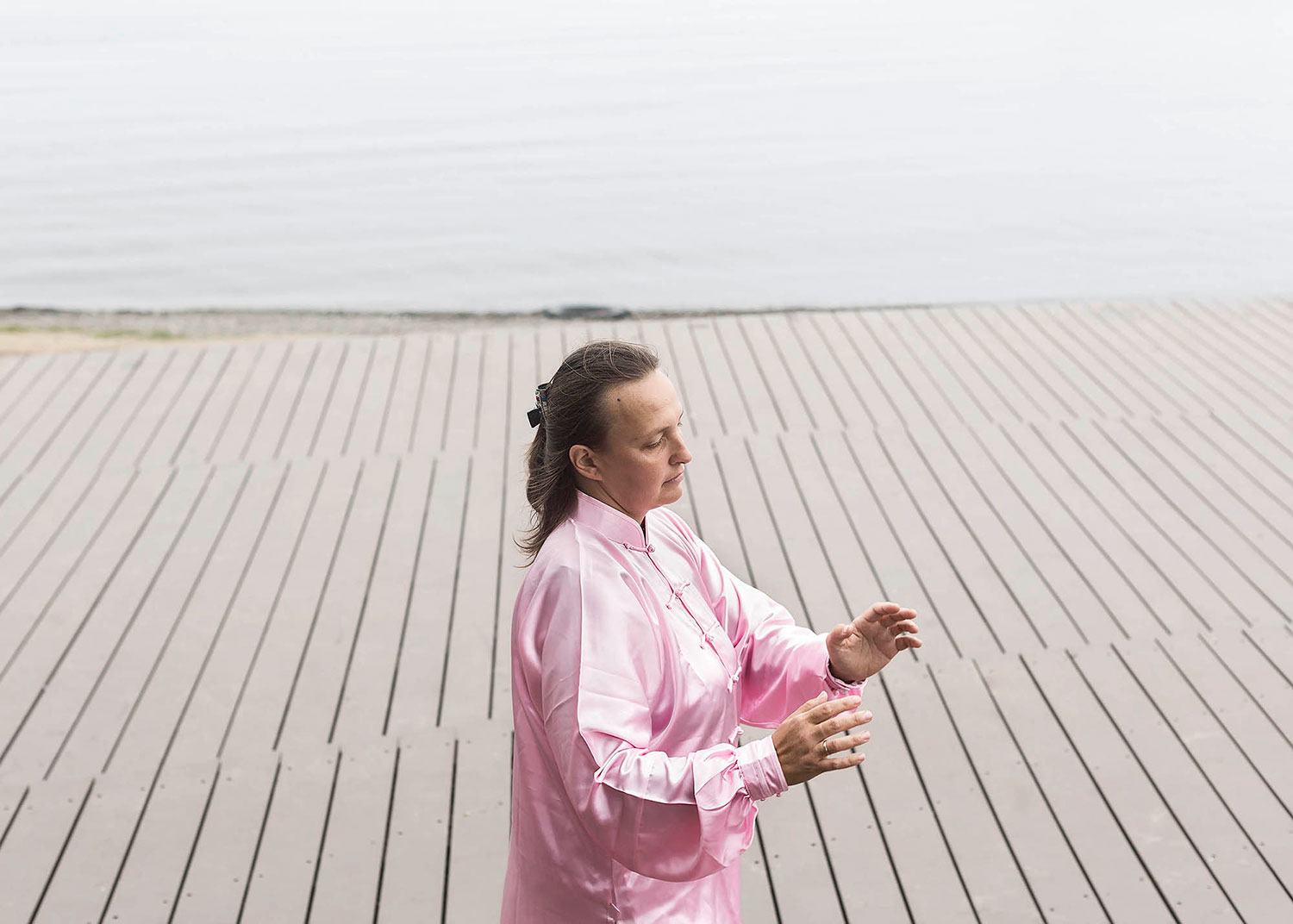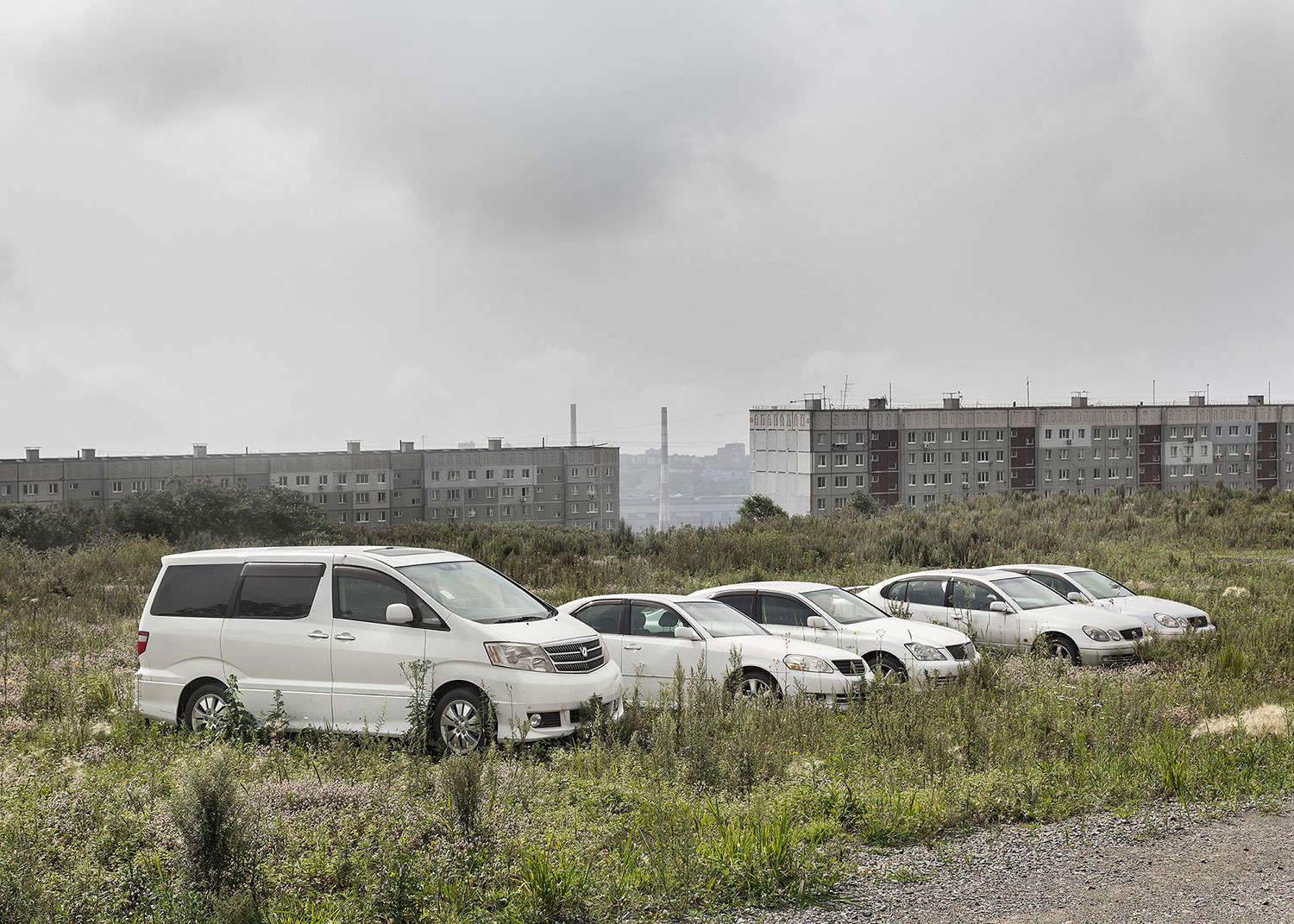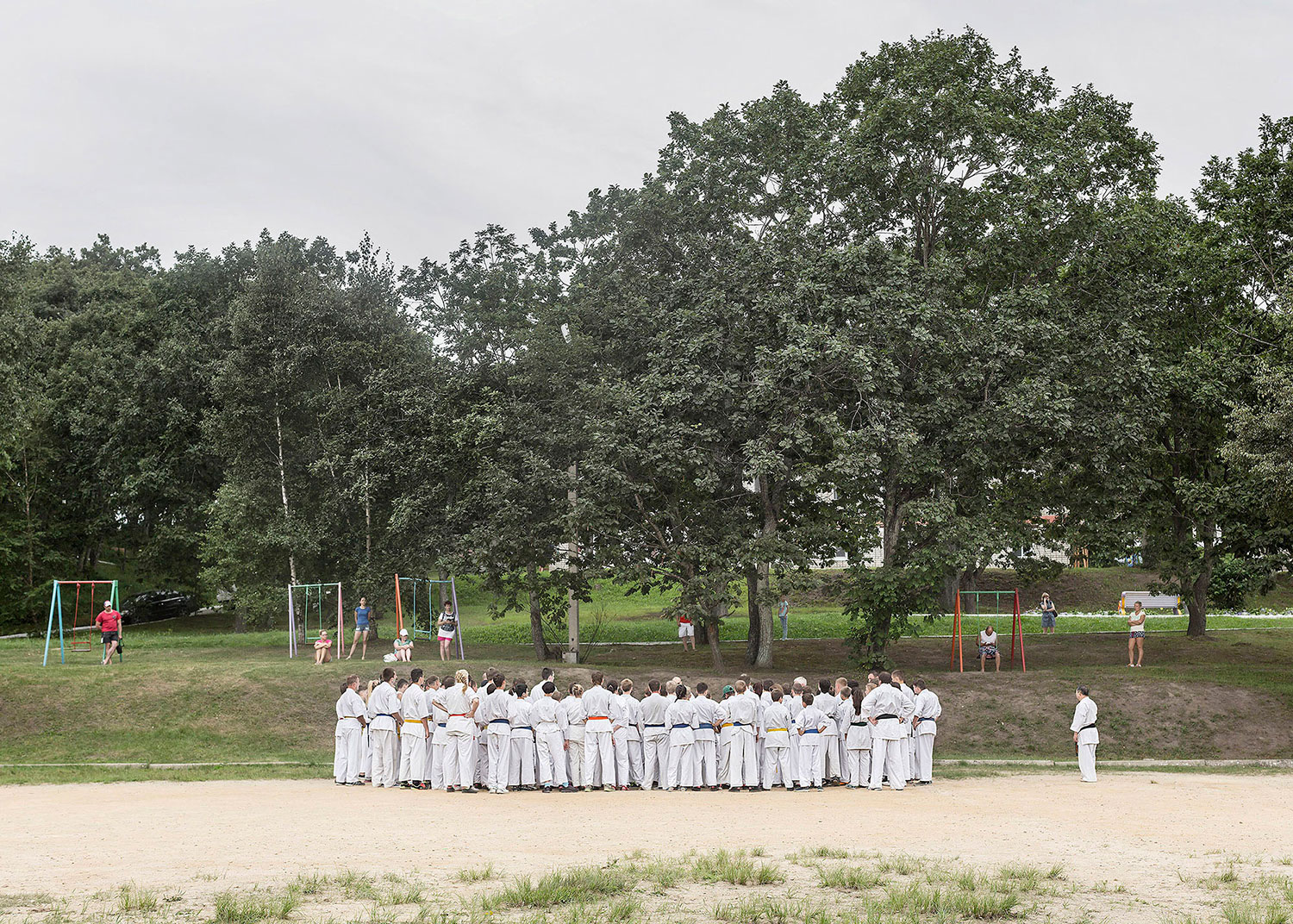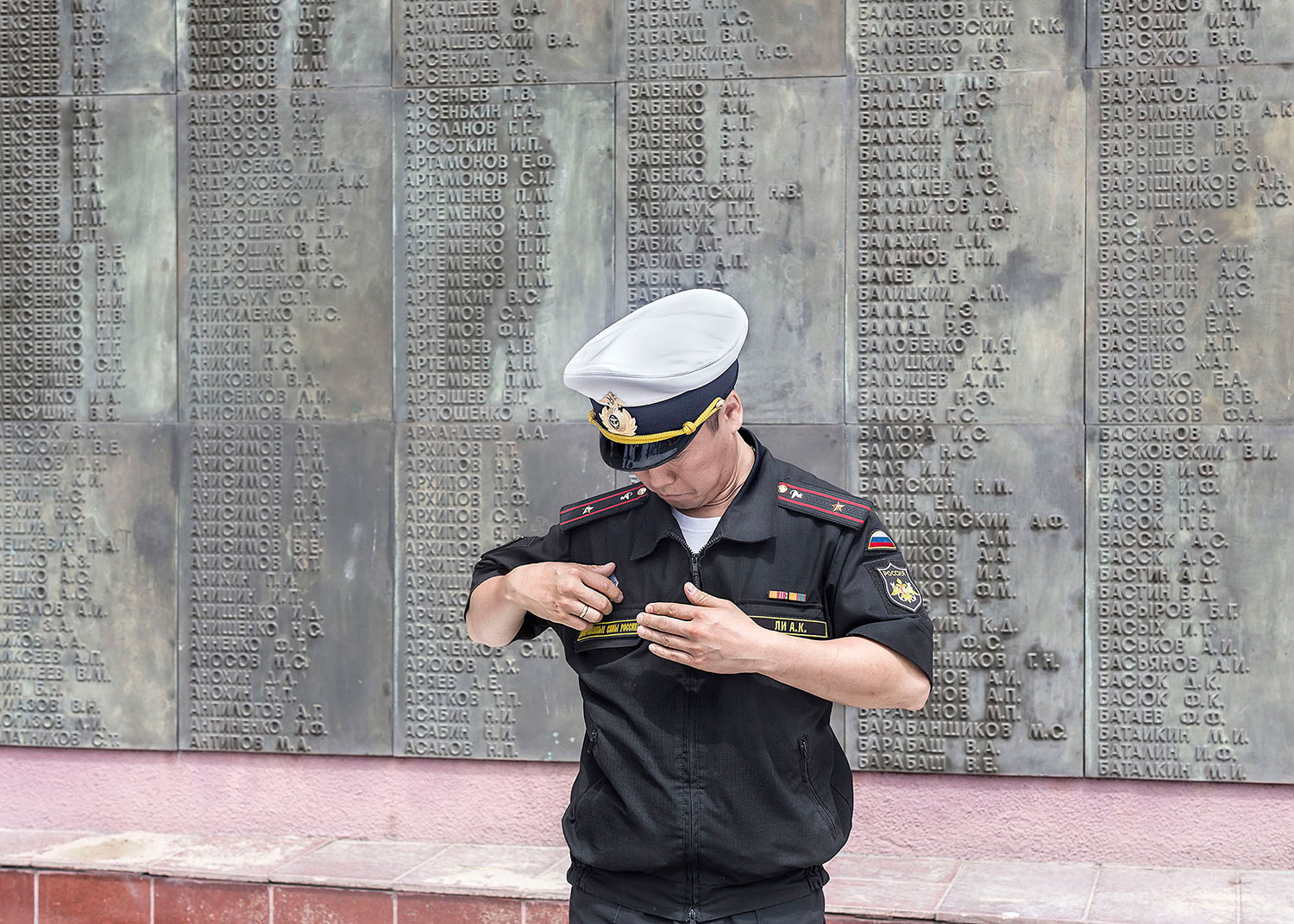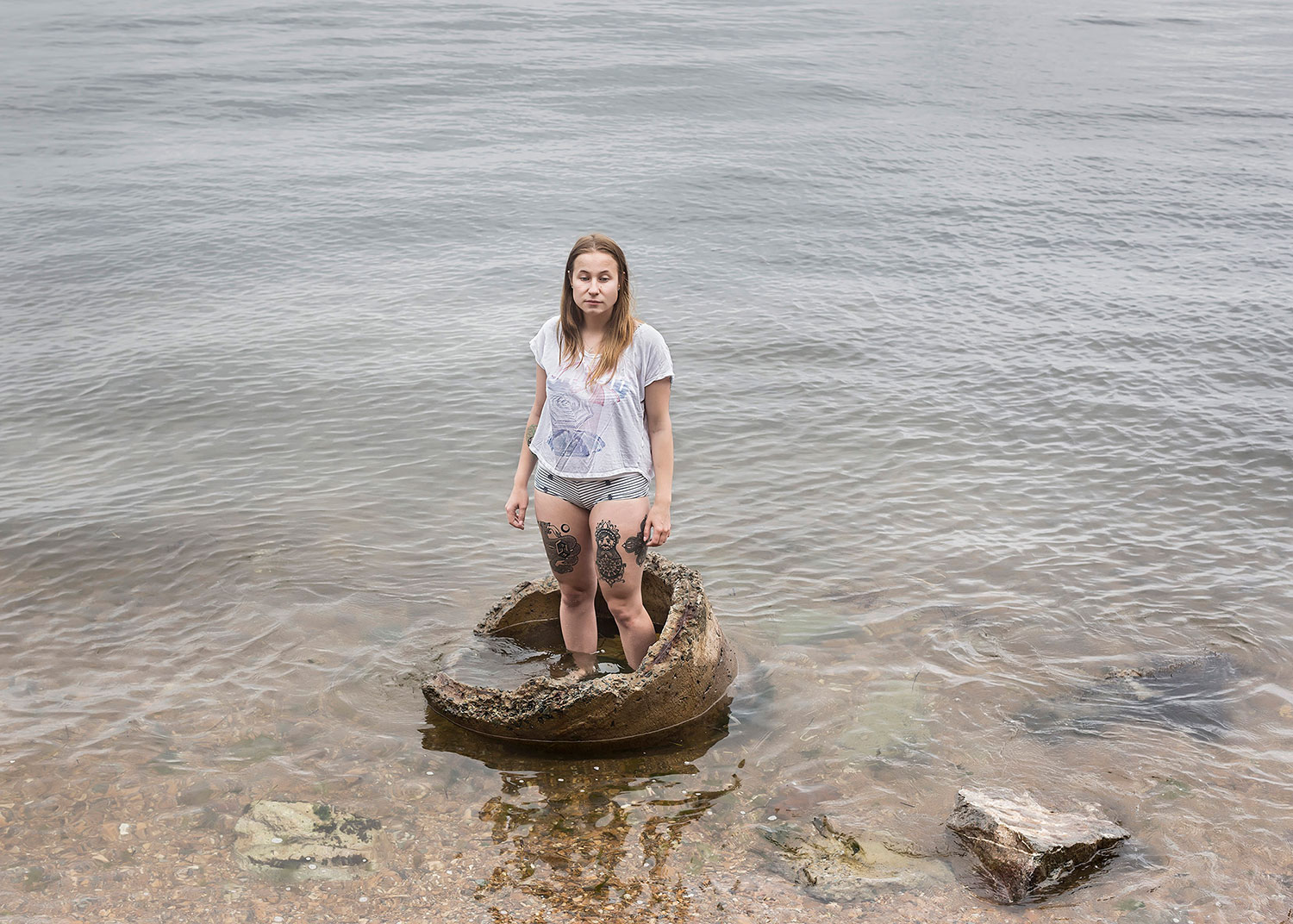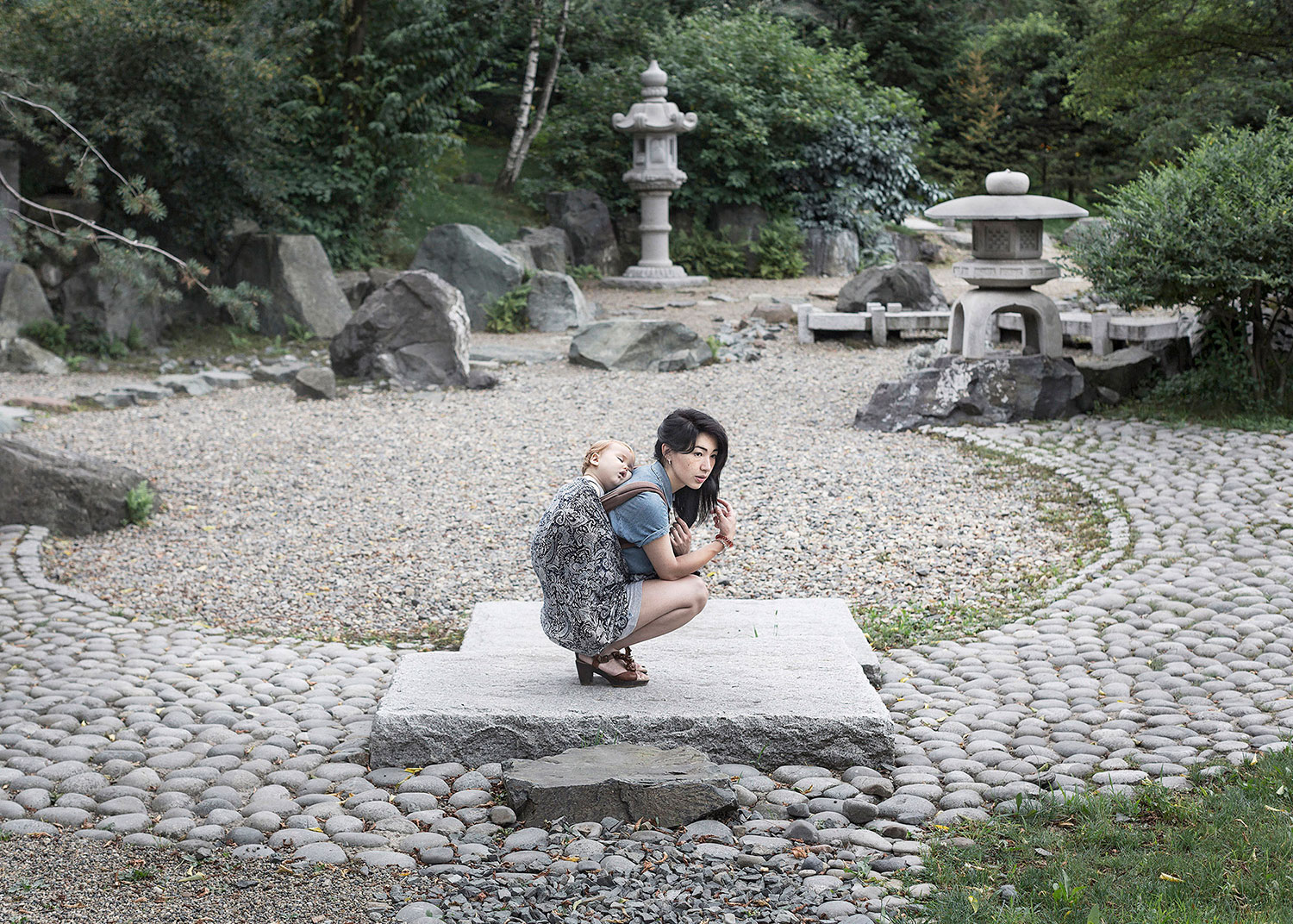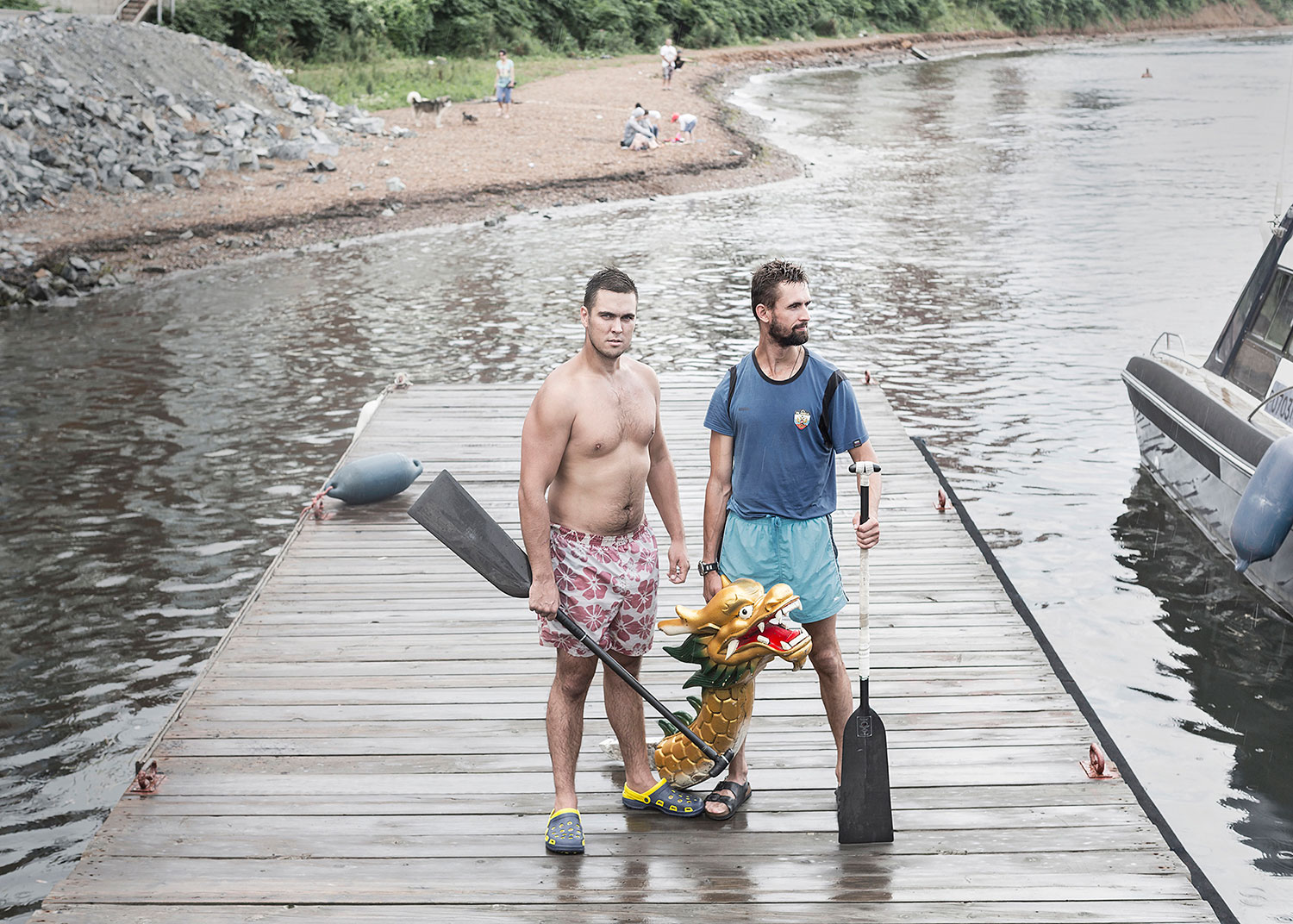The farthest shore: peaceful scenes from Primorsky Krai, Russia’s crossroads with China
China’s border with Russia spans over 4000 kilometres in length. Before it reaches the Pacific Ocean it skirts Primorsky Krai, the southernmost region of the Russian Far East, where much of the eastern Russian population is concentrated. Primorsky Krai is also a melting pot, where Russian and Eastern Asian cultures and traditions coalesce. Russian photographer Elena Anosova first travelled there in 2015, as part of an art residency at Zarya Centre of Contemporary Art in Vladivostok. Hailing from Irkutsk, Anosova has previously explored isolated settlements in Saagan Sag, and documented female prisoners in Siberia’s rural colonies in Section, but for this latest project, Polite Fish, she decided to focus on the rich multiculturalism that comes as a result of living on the edge.
“I grew up in Pribaykalye where Russian, Buryat, Mongols and Chinese traditions are closely intertwined. There are a lot of Chinese students at universities in Irkutsk. The influence of the East is really felt in this part of Russia, and it was my thinking about borderlands and the fusion of culture that eventually brought me to the Far East,” Anosova says. The towns she visited include Nakhodka, Spassk-Dalny, Ussuriysk, Fokino, Livadiya, Artem as well as Vladivostok where she exhibited the series last September.
Unlike Saagan Sag, where the photographer explored the nuances of culture as reflected in the landscape, these photos are focused more on people. “Many of the people in my portraits are documented going about their daily lives. They are not doing anything they wouldn’t otherwise be doing: working out, meditating, going on a walk with their child, counting trains or the blooming lotuses,” she says. Describing her process, she reveals a close relationship with her subjects: “Before I start shooting I try and spend a lot of time with the protagonists of my photos. It’s important for me to understand how they live and breathe. I’ll visit their home, drink tea and listen to their stories. During the couple of months that I spend with them, I observe and start to understand what kind of activities, events and places have meaning for them. Only once I get a feel of what that might be, am I sure I can take their photo.”
The photographer distills each image down to single element — a woman practising martial arts on the embankment, two men posing with their paddles after a dragon boat race. Which is the “other” culture is never clear, instead Russian and Chinese cultural tropes exist harmoniously together. Yet, the images, are no less complex for their simplicity. Caught within the fixed frame of her photographs is a world that is familiar but otherworldly all the same. It is this quiet tension, reflected in the unusual name of the series, that lends the photos an air of fantasy.
To Western eyes, this series of images offer a glimpse into a distant corner of Russia. When Anosova exhibited Polite Fish in Vladivostok after completing her residency, she discovered that locals were fascinated by the series, especially for highlighting the influences of China and other Eastern Asian cultures that they have long assumed as their own.
Text: Liza Premiyak
Image: Elena Anosova
